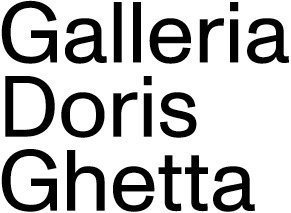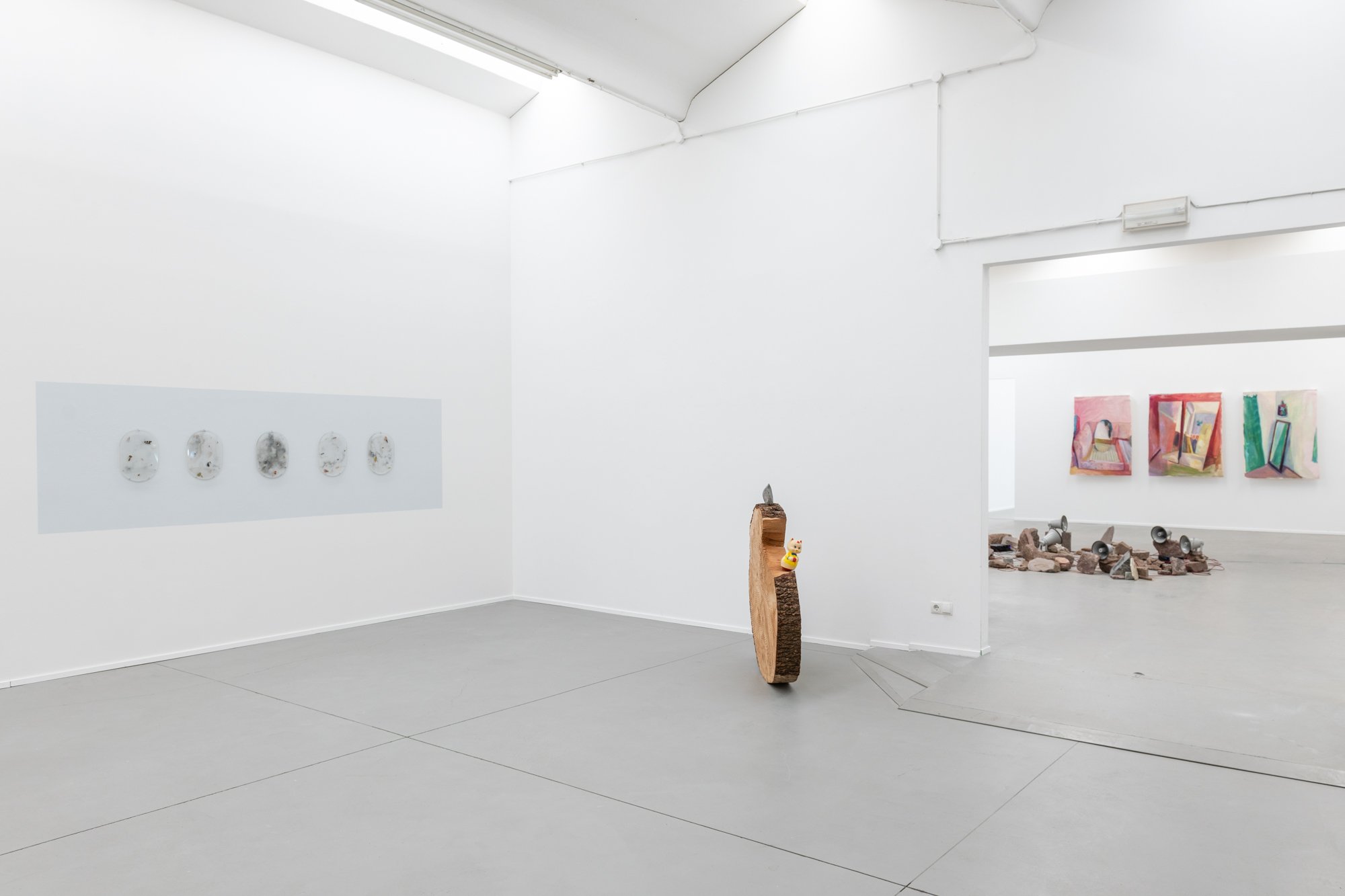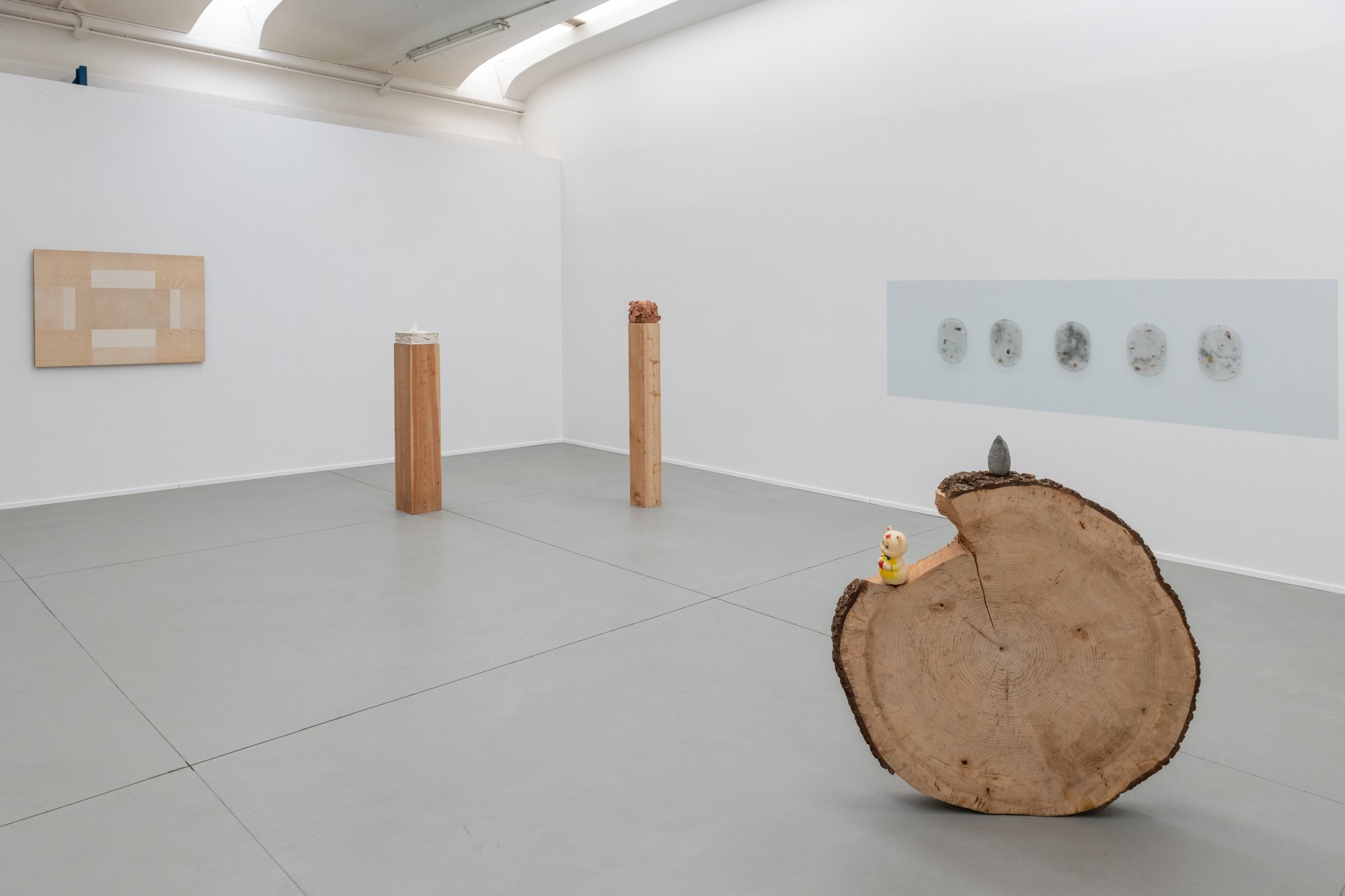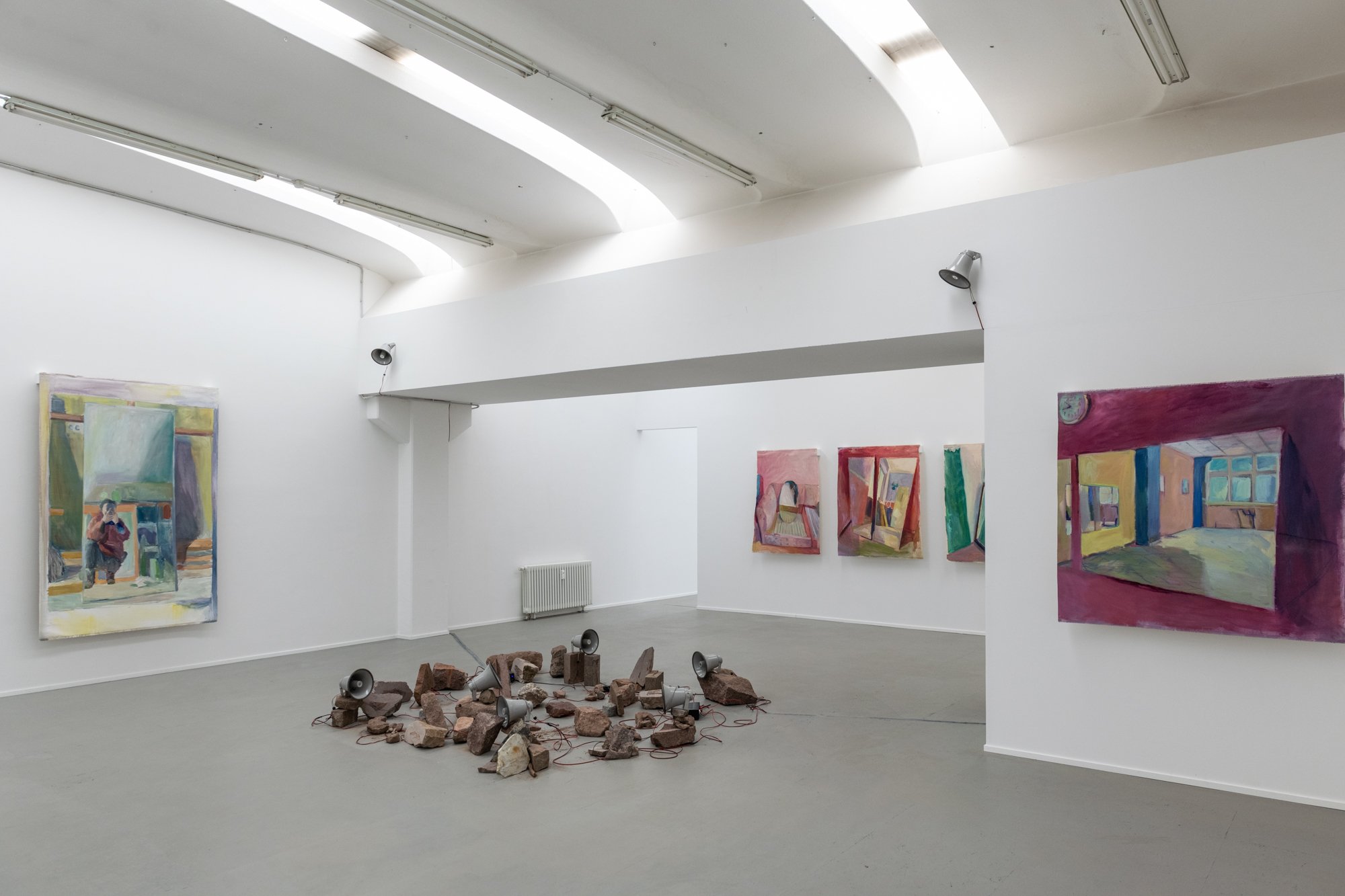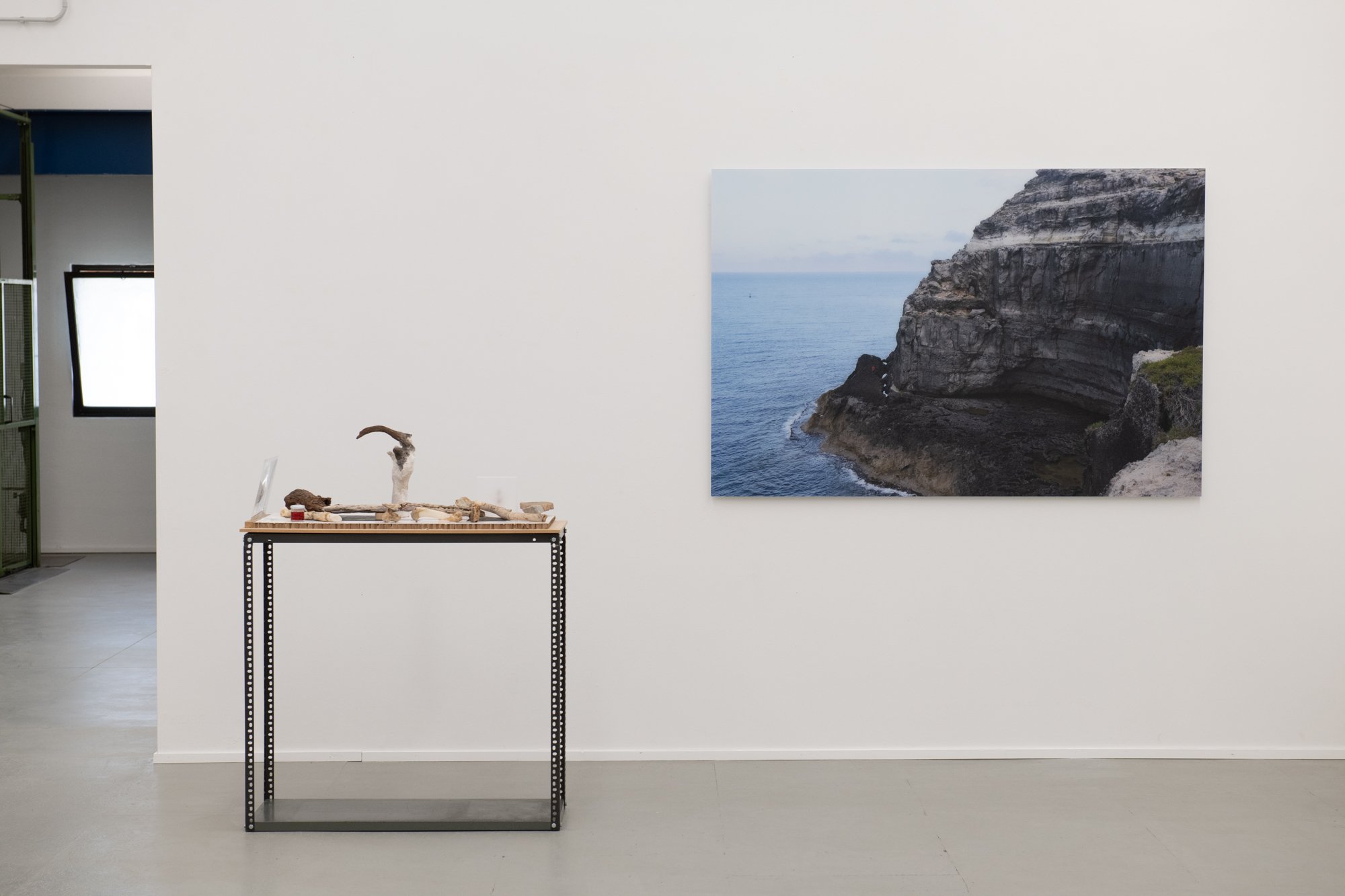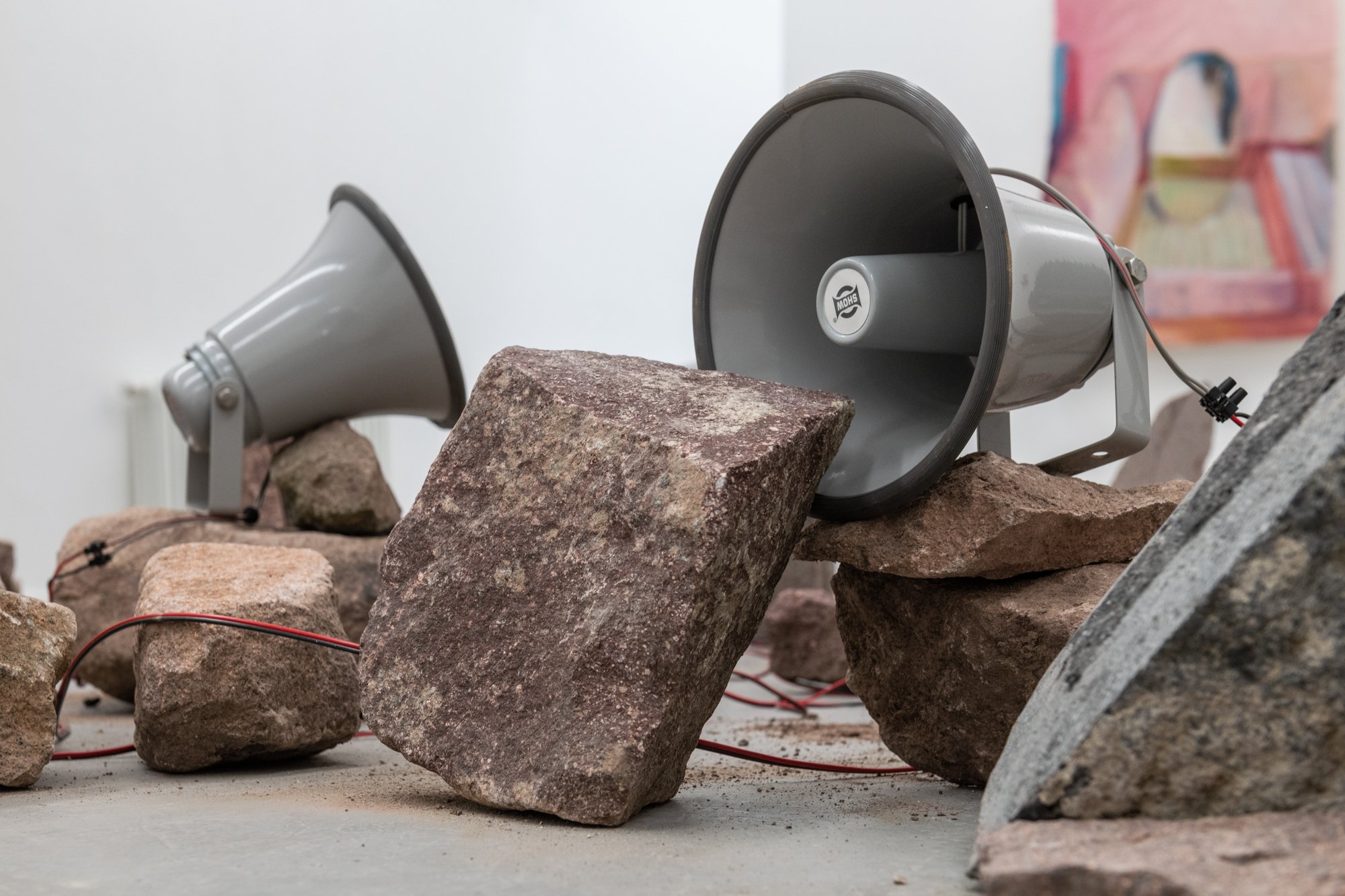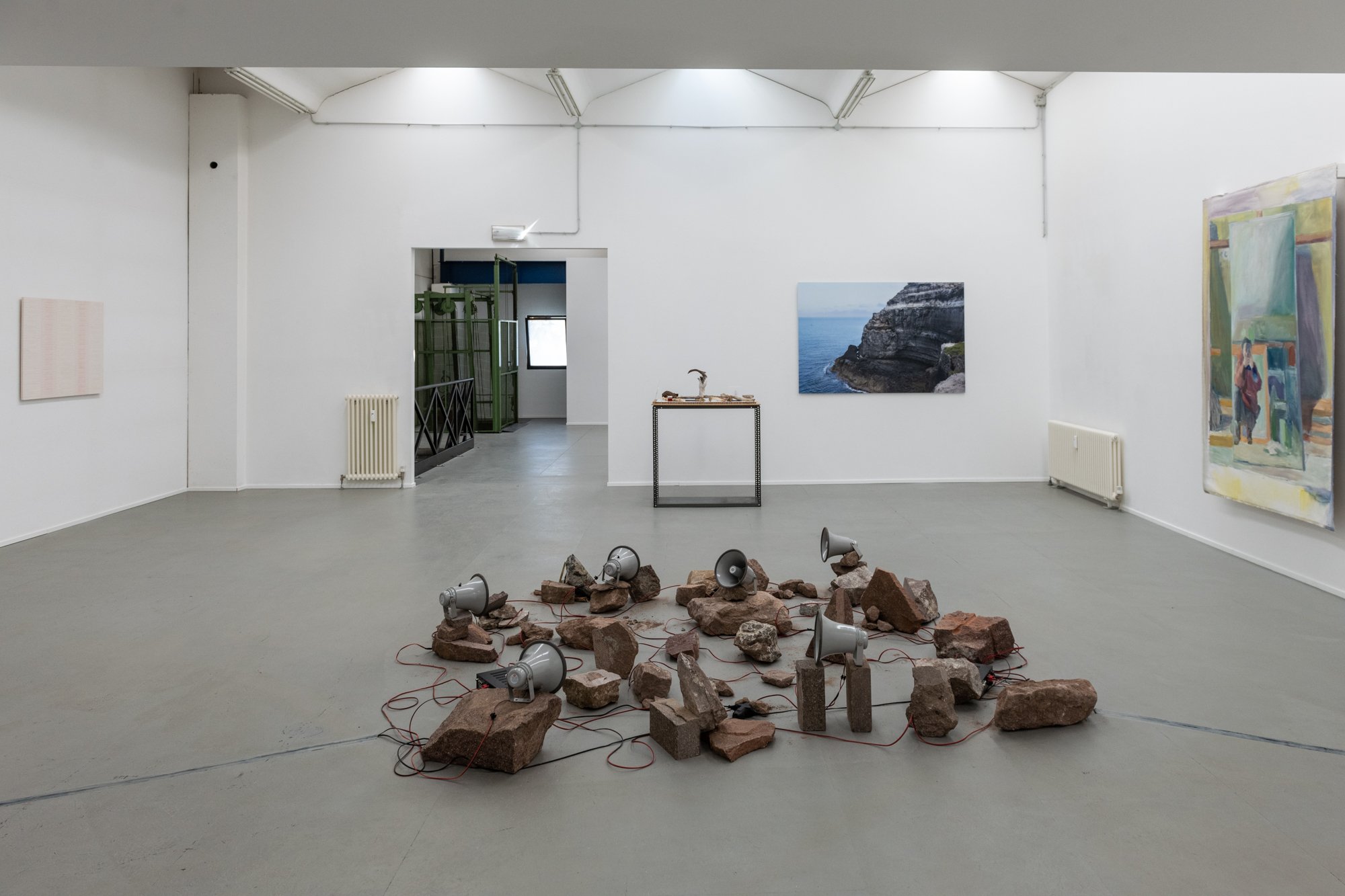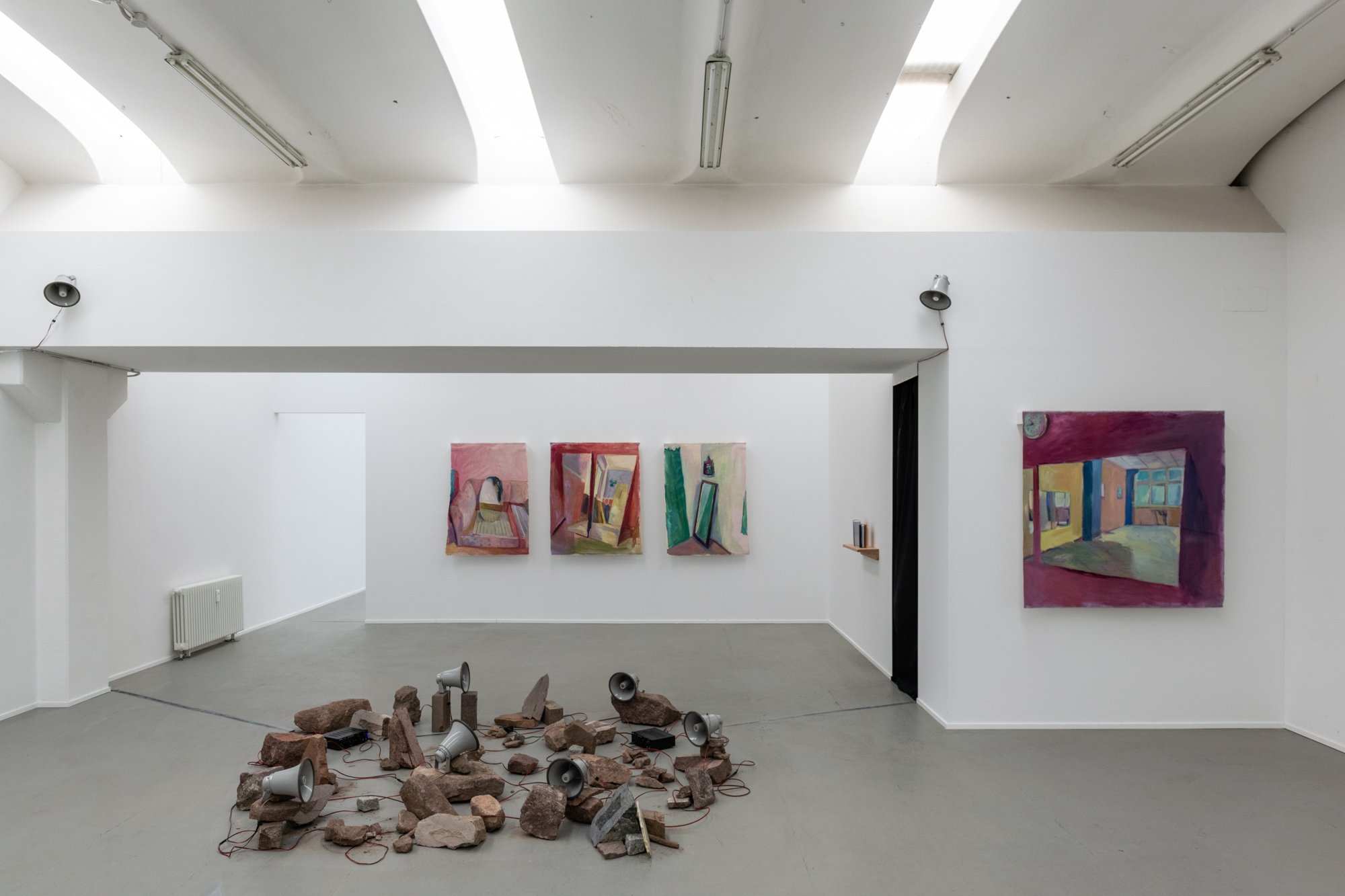Erosion is a sculptural more than a geological process: it consumes, it shapes, it smooths, it defines. It also builds – but by removing matter – in pursuit of a point of equilibrium. Though the first image that comes to mind in this process is one of a mountain landscape – the original source of inspiration for this exhibition, born of a reflection on the specificities of the Val Gardena area – it is not only rocky surfaces that are affected by the phenomenon. In general, it refers not only to the exterior but also to the interior landscape, which equally undergoes actions (no longer physical but emotive) that disintegrate and reduce it, and ultimately shape it. The sliding of land may thus become the sliding of society and the soul in this by no means far-fetched transposition from the environment to human beings, their psyche and their life in the community. Hence, not only mountains, soil and coastlines are eroded, but also values, such as democracy, compassion and faith. In both cases, erosion may result from forces that are churned out slowly – silent, patient activities that take years, centuries, millennia to achieve their goal – or discontinuous but sudden, lively events that determine sudden changes.
These were the cues for Erosive Forces Shape (Inner) Landscapes, a narrative stitched around energies that – with outcomes that may be either positive or negative – create new forms and new arrangements, seen through the eyes of artists who describe or include them in their practice. Erosion is thus a process that speaks of the encounter and collision of precarious elements seeking a short-term and long-term stability of their own. Dictated by a variety of agents, the result may be visible and invisible, geological and psychological, environmental and familiar. Rivers, the sea, the wind and glaciers are erosive; time is erosive; memory is erosive; sentiments are erosive; sound is erosive; war is erosive; limescale is erosive; and the human being is erosive. As Terry Tempest Williams has written, “We are eroding and evolving at once”.
